
Vinkelmann, Johann Joahim, German antiquary and historian of ancient art. The son of a poor shoemaker, born in Shtendal on December 9, 1717. Despite his poverty, in 1735 Winckelmann received the opportunity to attend the beautiful Berlin Gymnasium; two years later, he was awarded a scholarship to study theology at Halle; in 1741 he went to Jena, where he studied medicine. In 1743, Winckelmann headed the school, where he taught Hebrew, Greek, and Latin, geometry and logic, but in 1748 he left the post of teacher.
Winckelmann’s career began after 1748, when he became the librarian of a large private library near Leipzig and first became acquainted with the masterpieces of Italian painting. In 1755 he published an article Reflections on the imitation of Greek creations in painting and sculpture, where he used the expression “noble simplicity and calm grandeur” to characterize the excellent properties of Greek art.
Winckelmann became close to the papal nuncio, who told him about the beauties of Rome, and in 1754 he decided to become a member of the Roman Catholic Church. In September 1755 he went to Rome, where he settled on Monte Pincio. Winckelmann studied the monuments, met the classicist painter R. Mengs and was introduced to Cardinal Albani, the largest collector who appointed him a pension and invited him to settle in the Villa Albani, surrounded by works of ancient art. In such an environment, Winkelman soon matured the idea of a major work on the art of antiquity. Although Winkelman focused on Roman antiquities in his studies, he often traveled to southern Italy, visiting Naples in 1758, 1762, 1764-1767, with its beautiful museums. The first significant publication of Winckelmann, published in 1760 catalog of the collection of Stosh,
A key principle of his approach to ancient art was the identification of differences between the works of masters of antiquity and the Italian Renaissance. In 1761 he completed a volume on ancient architecture, based on an analysis of the Greek temples of Paestum, and in 1762 another volume dedicated to the architecture of the temples in Girgenti in Sicily, which he had never seen. In 1764, his Report on the latest discoveries in Herculaneum was born – the first serious description of the excavations in Pompeii and Herculaneum. The famous work of Winckelmann. The history of ancient art was completed in 1759, but was not published until 1763; in 1766 its French edition appeared, and in 1767 Winckelmann added another volume to it – Notes on the history of ancient art. The full edition, the final version of this work was undertaken by the Vienna Academy in 1776. The history of Winckelmann contains both systematic and historical sections. The art of Greece and Rome is in the center of attention of Winckelmann, but it also refers to the monuments of other ancient peoples.
Besides History, among the most important works of Winkelman is a two-volume work Unpublished Antiquities, published in 1767 and dedicated to Cardinal Albani. Since 1763 Winckelmann – an antiquary and president of the antiquities of the Vatican. In 1765, he rejected an offer from Berlin to become a director of the library, a collection of coins and antiquities, but in April 1768 he decided to return to Germany. However, after reaching Munich, he turned back and arrived in Vienna, where Maria Theresia gave him a warm welcome. In June, Winckelmann again crossed the Alps and arrived in Trieste. Here he was robbed and stabbed by a random fellow traveler, to whom Winckelmann showed the gold medals with him, on June 8, 1768.
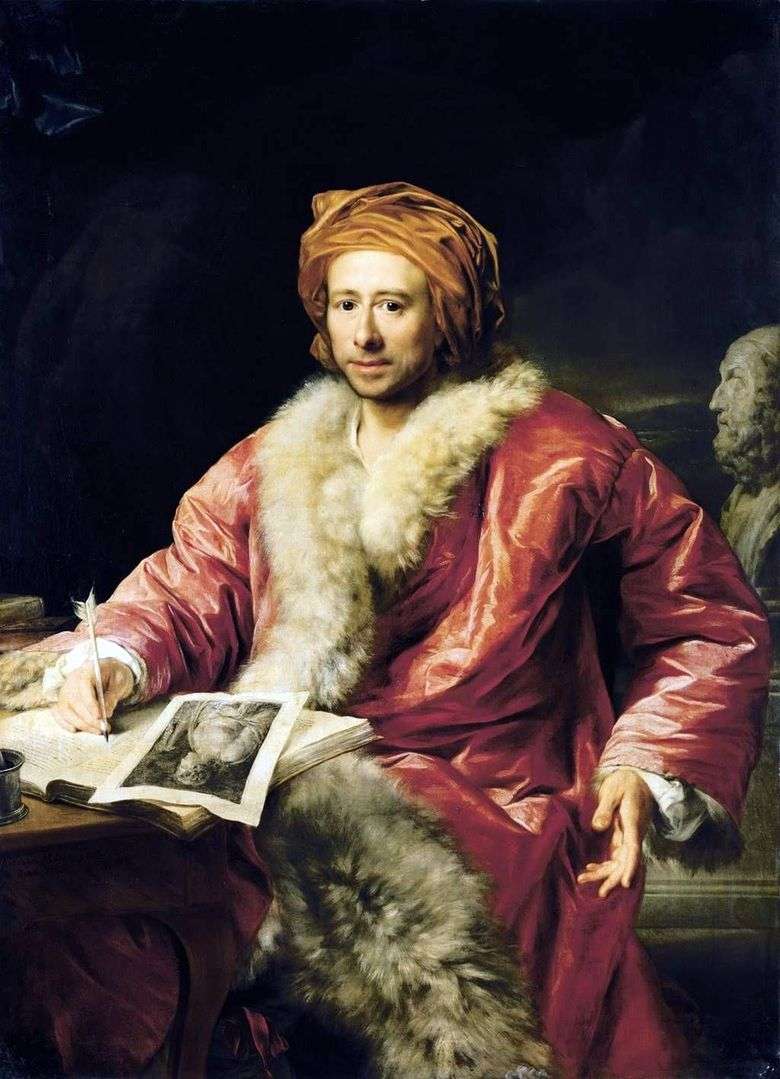 Retrato de Winckelmann Johann Joachim – Anton von Maron
Retrato de Winckelmann Johann Joachim – Anton von Maron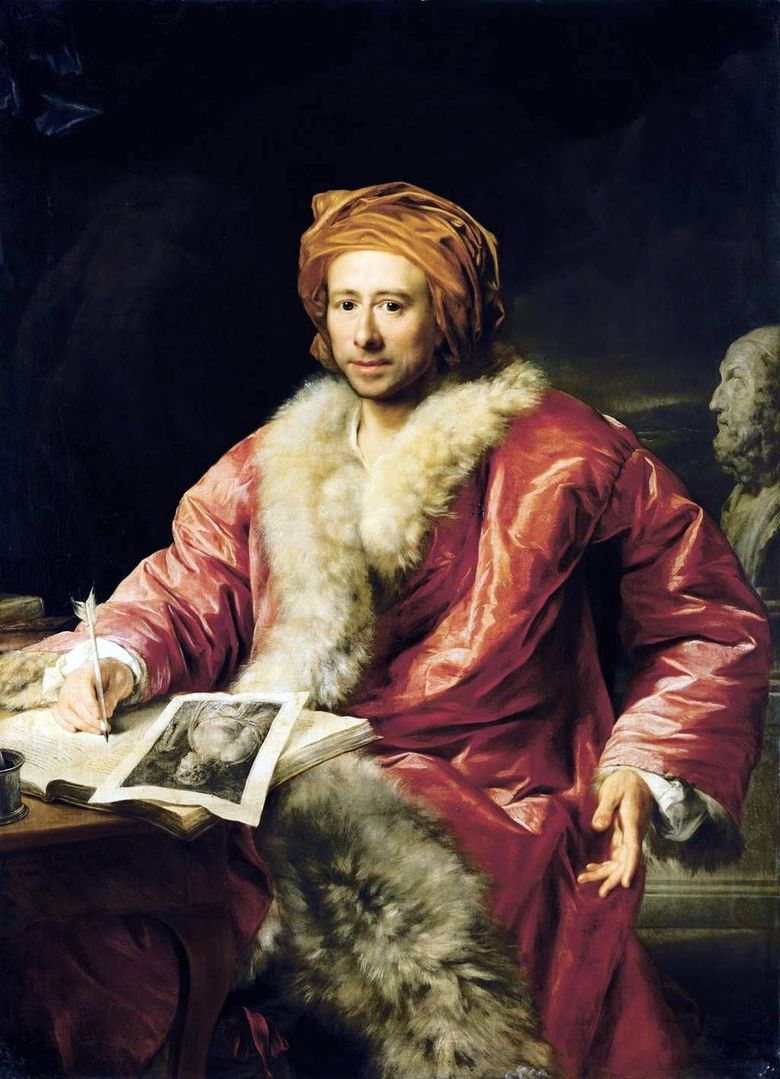 Portrait de Winkelmann Johann Joachim – Anton von Maron
Portrait de Winkelmann Johann Joachim – Anton von Maron Marquise de Llano by Anton Raphael Mengs
Marquise de Llano by Anton Raphael Mengs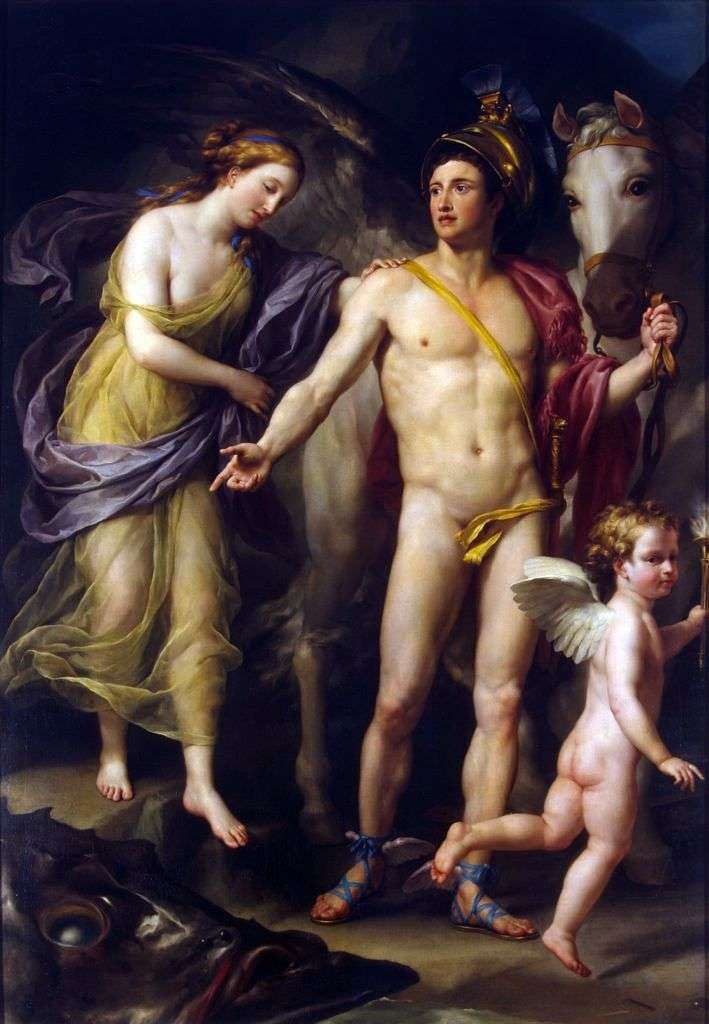 Perseus and Andromeda by Anton Raphael Mengs
Perseus and Andromeda by Anton Raphael Mengs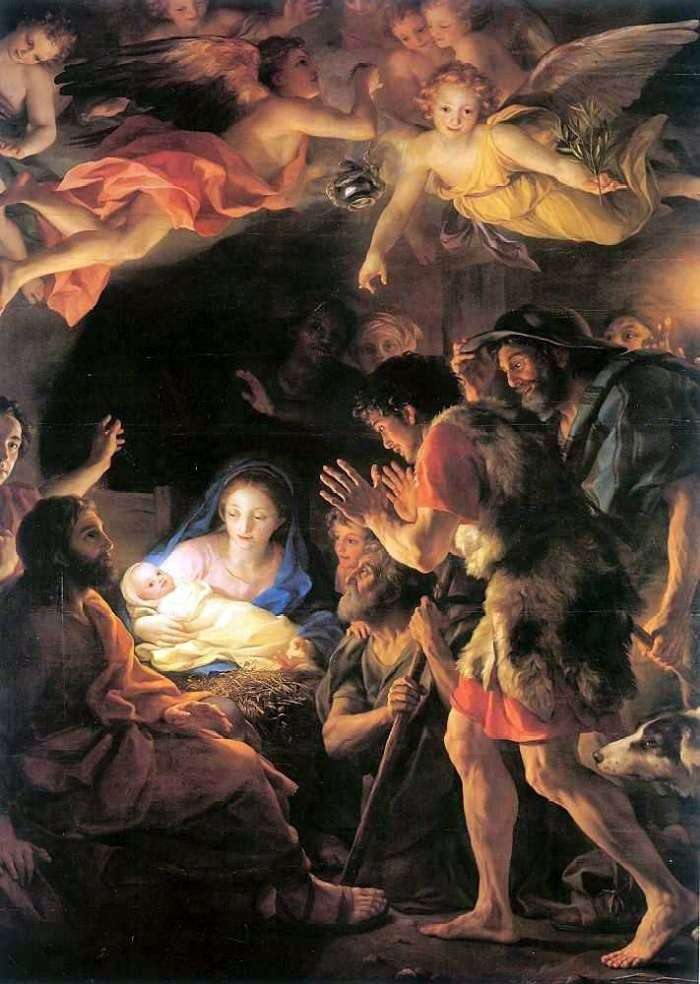 Adoration of the Shepherds by Anton Raphael Mengs
Adoration of the Shepherds by Anton Raphael Mengs Mountain landscape by Josef Anton Koch
Mountain landscape by Josef Anton Koch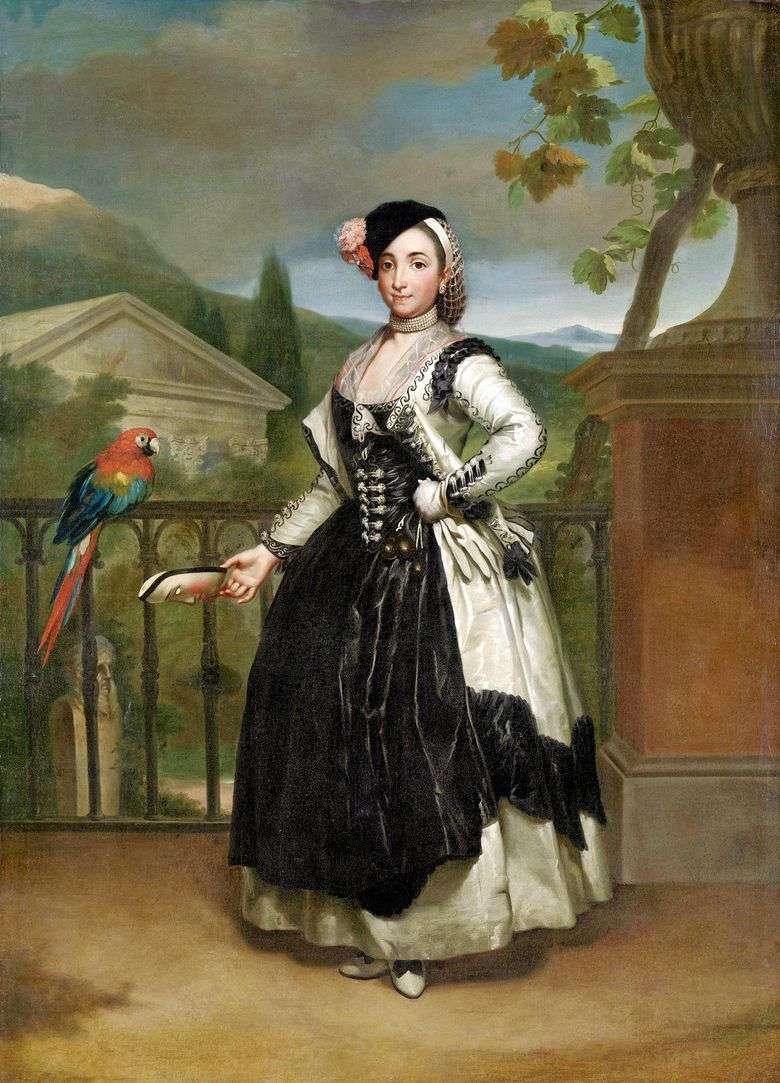 Marquise de Llano – Anton Raphael Mengs
Marquise de Llano – Anton Raphael Mengs Portrait of A. I. Musin-Pushkin by Johann Baptist Lampi
Portrait of A. I. Musin-Pushkin by Johann Baptist Lampi